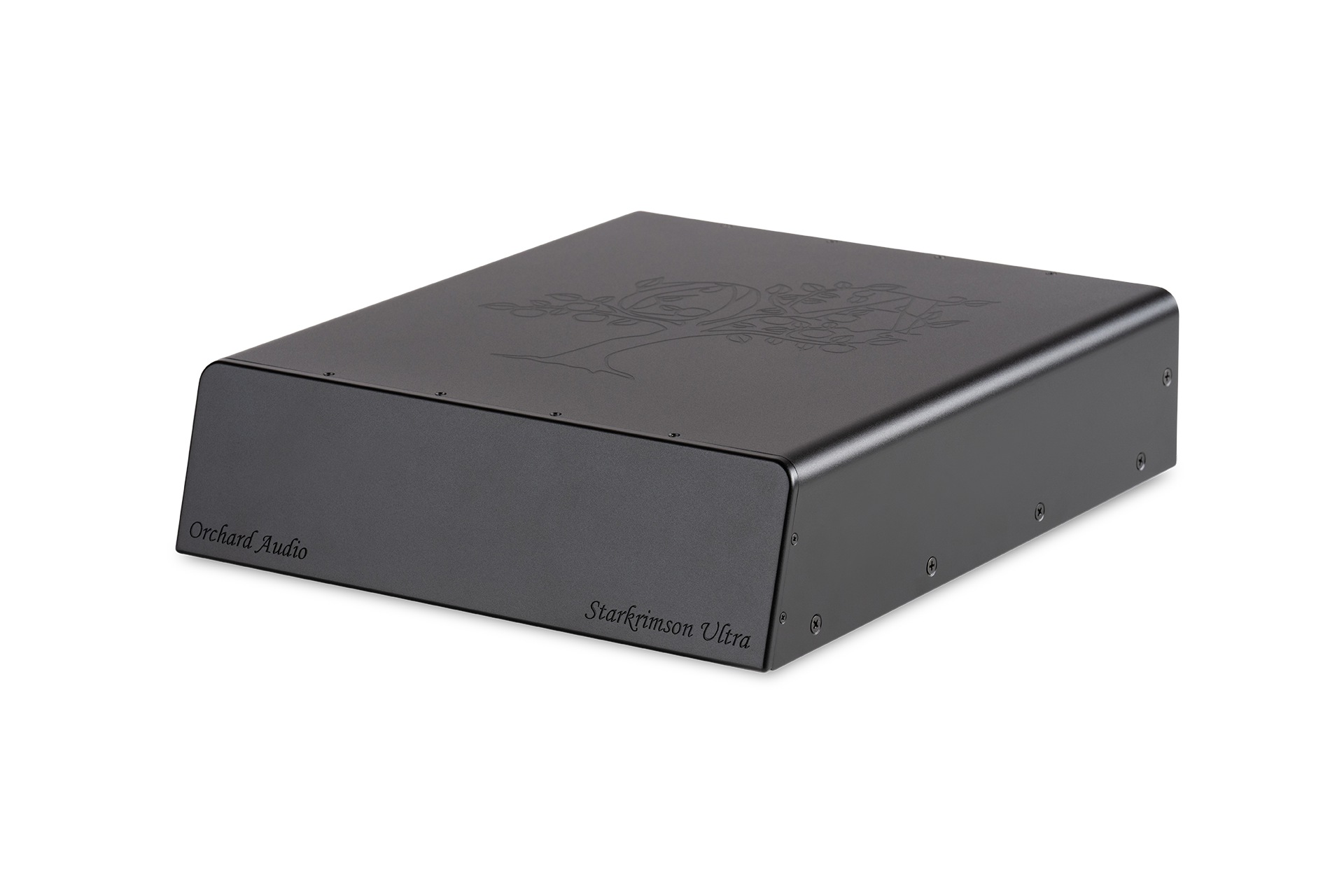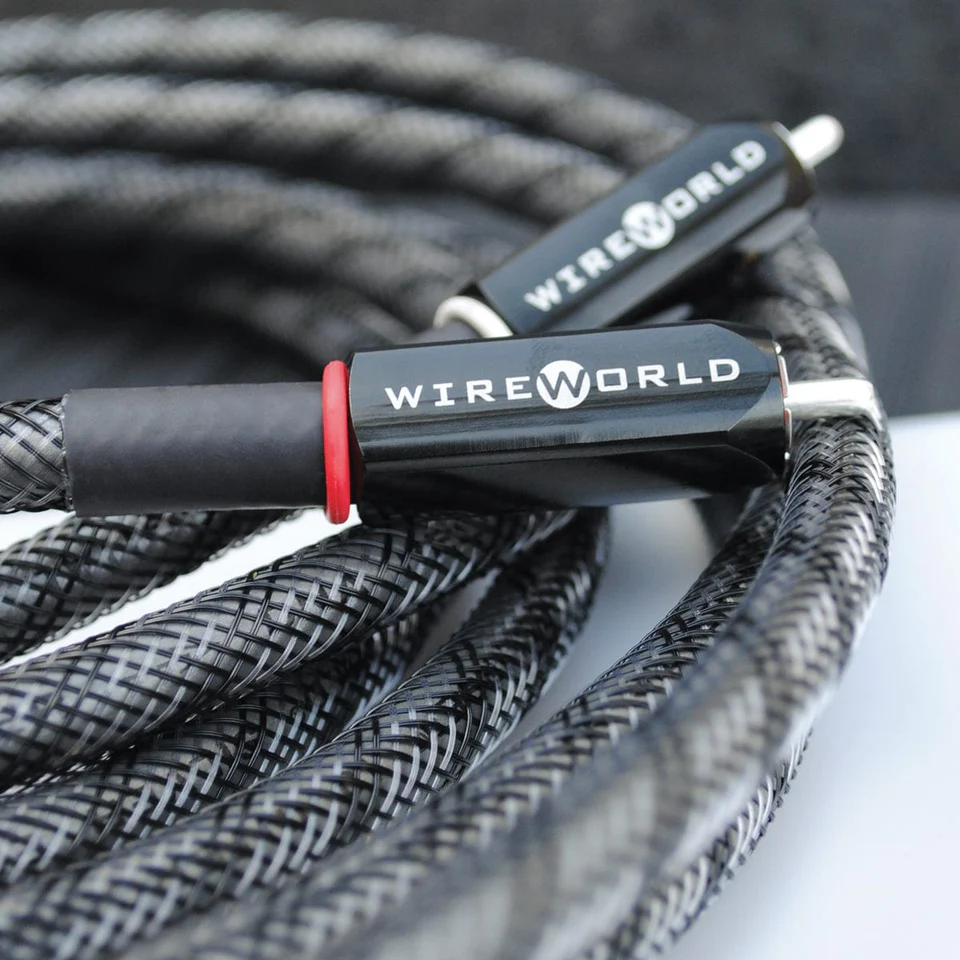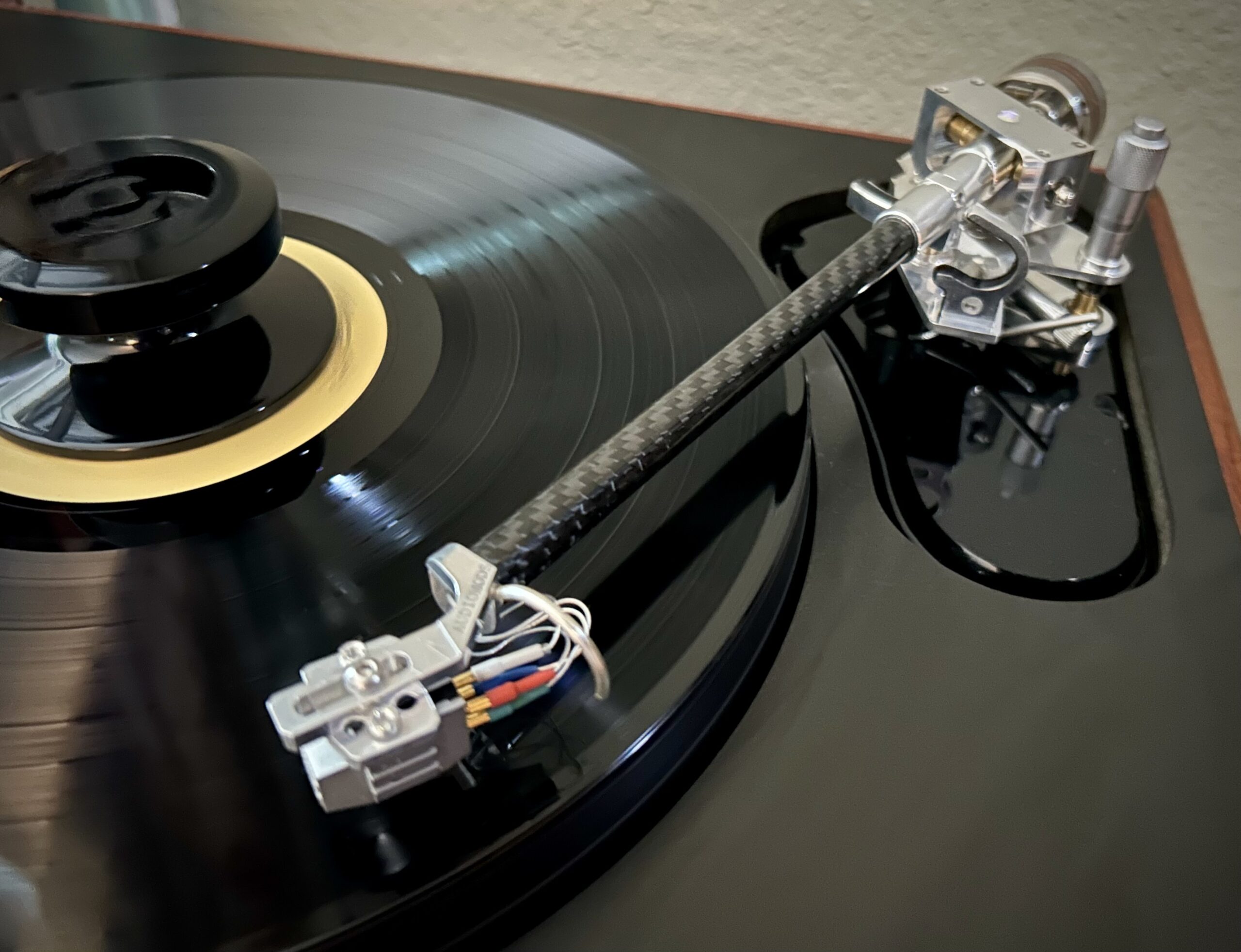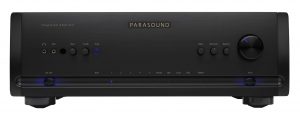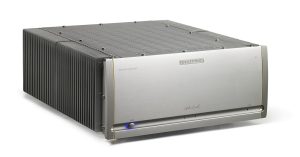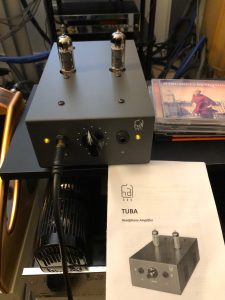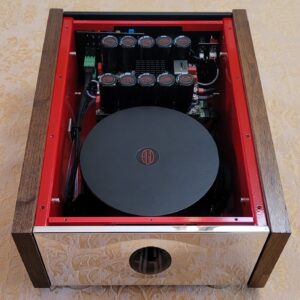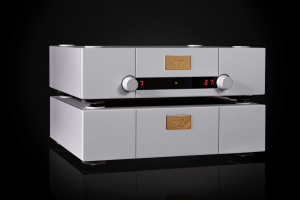
Since the early 1980's David Belles has been plying his craft with soldering iron, resistor, and capacitor to bring us some of the finest amplifiers that the common man could afford. The focus of the Belles products have always been centered on sound quality, reliability, a superior level of fit and finish that belies its affordable cost. Now many iconic audio companies have come and gone over the years that David has been his building amps, but there is more to the story than just the longevity of the company. The Belles Model One was introduced in the early eighties, and the following decade saw the rise of the Belles 150 Hotrod. This amplifier has been considered an iconic component, and I have seen it included on several top 100 amplifier lists of all time. Yet David continues to refine his craft, and the Hotrod has been replaced by the Belles 150A Reference , which in turn has recently been updated to the V2 status. The 150A Reference V2 is the subject of our article today, and while it shares a lineage back to other Belles amplifiers of yesteryear. But do not be mislead by this heritage, as David has started with a clean slate for the Reference series, and this amplifier bears little resemblance to its ancestors.
Audio hobbyists who are into vintage electronics are keen on using inflation calculators to project the cost of a classic component into a modern price point. Now the Belles 150A V2 Reference sells for $2749, while the venerable 150 Hotrod had a price tag of $1495 in early 1990. Plugging these numbers in an inflation calculator shows that the 2014 price of the Hotrod would be $2722. In reality, the pricing structure of the Belles amplifier has remained constant over the companies lifetime, which is an event that strikes me as remarkable given the general price creep that has come about in the audio landscape.
The 150A Reference V2 is a Class B design that provides 125 watts per channel into an 8 ohm load, and doubles the output into a 4 ohm load. That is correct, this amplifier has a robust power supply and is capable of generating 250 WPC into the reduced impedance load. The amplifier can be configured for mono block operation, and will produce 500 watts into an 8 ohm load. The Belles amplifier really is quite beastly, as it will maintain sustained peaks of 30 amperes of current, and has a dampening factor of 1000 DF. Impressive power output is one consideration, yet this amplifier also has a signal to noise ratio in excess of 100 dB, which indicates a low noise floor, and alludes to the superior sound quality the amp may possess. The 150A Reference V2 resides in an attractive aluminum chassis that is available in either black or silver finish. The dimensions are 17" W x 5.25" H x 16.5" D, and weighs in at 32 pounds. Connections are quite basic for this amplifier. Inputs are a single pair of RCA connectors, and there is a single balanced input for mono block operation. There are a single pair of 5 way speaker binding posts, and an EIC connector for the power cord. The power switch is located on the distinctive crafted front panel, and there is a small green indicator light that lets the user know that the amplifier is powered up.
David has taken the Class B circuit used in the original 150 Reference amplifier, and has craftily applied his engineering savvy in order to tease a higher level of sound quality out of an already excellent design. The input capacitors have been eliminated in this circuit, and now the first gain stage is a matched differential pair of J-FET transistors. The layout of the circuitry has been tweaked in order to lower the noise floor of the amplifier. This also allowed for the elimination of a servo loop in the circuit, as the new layout has improved stability. The output transistors are MOSFET's from Exicon, which David finds to be superior to the plastic Hitachi ones that are currently available. The power supply is based on a single toroidal power transformer, although details are scant about the circuit design as David is keeping mum about his proprietary knowledge. David believes that the quality of the power supply is the true essence of a great amplifier, and it sets the foundation for all that follows in the circuit design of the amplifier. Every Belles Power Module amplifier is hand built by David, and the quality control checks are numerous and exhaustive. David takes into account overall sound quality, reliability for long term ownership, flexibility to drive all manner of speakers, and keeps all of this in a package that is attainable by the average hobbyist. At the sub $3000 price point this is the best amplifier he knows how to build.
The Belles amplifier requires 1.27V on the input for rated power output, and my source components are capable of 4V of output. Therefore I am able to use an Electra Print PVA with this amplifier. The PVA is a passive design that uses a pair of nickle core transformers for impedance buffering, and does provide a small amount of signal gain. Speakers are the Hawthorne Audio Trio, with the 10" Sterling Silver drivers. Source duties are handled by an Audio Magic Kukama DAC and Enlightened Audio Designs T-1000 transport. I also use a Galibier Audio Serac turntable with Pete Riggle 12" Woody tone arm. The phono cartridge is a ZYX 4D, and the phono stage the B2B-1 from Liberty Audio. Power conditioning is performed by an Audio Magic Mini Reference. All wires are from the ZU Audio Mission series of cables.
The 150A Reference V2 amplifier came fully checked out and burned in from the factory. I chose to run it for another two weeks just to make sure the amplifier was fully burned in. I keep solid-state gear on all the time, and the Class B circuit design means that the amplifier is not an energy hog. After checking in on my house guest from time to time, I finally decided to move it into the main system and sit down for a serious listening session with my new acquaintance. Tonal accuracy is the first consideration I have when evaluating any component; and in 2014 we should no longer tolerate amplification that overtly overlays its own distinct personality on the music. Now I realize that no piece of affordable electronics is free from some degree of self expression, and this does affect the overall presentation of music to one degree or another. However the days of the heavy handed tube sound, or a dry solid-state sound should be a distant memory of the 80's or 90's. My take on the tonal balance of the Belles amplifier, as it presents music in neither fashion, but rather has the positive attributes of each type of amplification, and minimizes the limitations associated with both methods. The first song up for the evening was Rickie Lee Jones "Show Biz Kids" [It's Like This; Artemis Records 751 054-2] which is an excellent interpretation of the Steely Dan hit. The opening acoustic bass has excellent color and definition, yet extends deeply with no overt smearing or overhang. The triangle in the background is clear and sharply defined, and kept with the proper perspective within the sound stage. Of course the focus of the track is RLJ distinctive voice and her unique presentation, which the Belles amplifier sorts out very nicely. Jones voice maintains that unique texture, and her style just glides through the song with a blues infused feel. During the chorus passages the background vocalist harmonizes smoothly with RLJ, yet this amplifier maintains the distinct edges between the two vocalists. The 150A Reference V2 amplifier deftly navigates the tonal challenges presented by this song, and sorts everything out properly in a neat and orderly fashion. The amplifier does not sound like a solid-state amp, nor does it pretend to do its best impression of a tube amplifier, but rather presents music in a refined and stately manner.
One aspect of the Belles amplifier that became clear early on in my listening session is how it excelled at the presentation of the space a recording occupies. One weekend I spent a bit of time spinning vinyl, and eventually placed Lucia Hwong's album Secret Luminescence on the turntable. The whole album is a panoramic display sound, with a great mixture of acoustic and electronic instruments. On "Lunar Seas", [Secret Luminescence; Private Music 2021-1-P] the music extended to fill the back half of my room. Various instruments spread out to each side wall, and the back of the sound stage reached to the rear wall. Now this was not a distant presentation of music that I have heard occur with other amplifiers, as the front of the sound stage was projected forward several feet in front of the speakers. Flutes, violins, electronic bass notes, various chimes and gongs moved throughout the sound stage, and solidly occupied their designated space. The entire record was an aural treat, and the Reference 150A V2 amplifier did a superb job recreating all the spatial cues within this album. My personal gear is usually Single Ended Triode amplification, which are considered to be champions in the realm of imaging. While my 300B based amps do edge the Belles out in this regards, it is not by much, and the solid-state amp has other attributes that the low powered tube amplifier does not equal. In the arena of affordable solid-state amplification, I have not heard another amp that presents the spatial cues of music as well as the Belles does.
While the Belles amplifier is refined and genteel in nature, it is best not to forget that there is 125 WPC into 8 ohms and 250 WPC into 4 ohms available on tap with this amp. Combine this power output with the high dampening factor that David has achieved in this circuit, and there is serious muscle under the top plate of this amp. After all, David calls it a Power Module for a reason. Digging deep into my CD library, I brought out Chemical Reaction, which is a compilation of hits from the techno arena. The first song of interest is "Shaolin Budda Finger" by Depth Charge [9 Deadly Venoms; Vinyl Solution LC7871]. The bass line on this song is intense, and this amplifier faithfully recreated the deepest measures on this song. This type of music requires a judicious twist of the volume knob, and I certainly wanted to hear how far the Belles could be pushed. So I asked more from the Belles, and it gladly obliged. But I was greedy, and so I turned the volume knob clockwise again, and there were no complaints from the amplifier. The bass line was powerful and deep, bringing a physical element to the music with its ability to compress the air in my listening room. When asked to create a club style environment this amplifier had no qualms about putting out some serious power. As the volume went up there were no signs of strain, or the power supply running out of steam, but rather an effortless delivery of power on behalf of this amp. The levels of dynamic swing required by the music were delivered without complaint, and the other more delicate passages in the background were not adversely affected by the heavy lifting the Belles was required to do in the bass region. It did not matter if I put on other types of club music such as Chemical Brothers, Glitterbait, Utah Saints, Kraftwerk, Depeche Mode, or Orbital, the 150A Reference V2 amplifier had no issues providing the speakers with the power necessary to frame this music in its proper context. Even while driven to its limits, the amplifier only became moderately warm to the touch, but never got to the point where I would question its stability or long term reliability. With the Belles amp there is plenty of power on tap for most hobbyists needs, and for the truly insane, well, they could buy two of them and strap them to mono for 500 WPC.
The majority of affordable gear in the marketplace has certain limitations to its performance to some degree. Even the first tier of legitimate high end electronics such as the 150A Reference V2 amplifier has certain defining characteristics that assert itself to some degree on the music. Now the Belles does not have a sonic signature that falls into either definition of tube like or solid-state, but instead can be described as having an element of omission. My reference amplifier for detail resolution within a recording is an Electra Print 300B Custom. The defining characteristic of this type of amplifier is its ability to pull back the curtains of a recording and expose the finest of the small details embedded in the music. However, this is a $4000 amplifier that outputs 8 WPC, and can only be used with a handful of speakers that are high efficiency and have a benign impedance curve. The Belles amplifier approaches the level of detail that the Electra Print achieves, but it never quite gets there. Now when you compare this amplifier to another conventional solid-state or tube amplifier in its price range, well then we can have a different conversation. The Belles amplifier is deftly balanced in terms of resolution and the harmonic texture of instruments and vocals. I did partner the amplifier with a mainstream type of speaker system during a weekend listening session, namely a pair of Paradigm Audio Studio 10 monitors. These monitors have more extension and energy in the upper registers, and this combination is a significantly more synergistic combination. Playing the same tracks from Rickie Lee Jones and Lucia Hwong shows that the 150A Reference V2 is better suited for a speaker with this type of voicing. The top end gains a bit of shimmer, and as a general rule, instrumental decay patterns became slightly more prominent. While I do believe the Hawthorne Trio's are a reference quality speaker, there is no denying the notion that there are favorable amplifier and speaker combinations to be experienced, and the Belles amplifier wants a speaker with a bit more energy in the upper registers than my speakers are voiced for.
There is something to be said for the longevity and stability of an audio manufacturer in the market place. These days audio companies start up and disappear at an alarming rate, primarily due to the fact that they are not authentic manufacturers. Rather audio equipment is frequently built, and possibly even designed by a third party, and built to the specifications and price points that are dictated to them. Innovation and authentic designers are becoming scarce in the current market place, where price and cosmetic appearance are driving the buying decision more today than in the past. There is intrinsic value in products such as the Belles Audio Power Module amplifiers, as they are designed and hand built by David Belles, and as many parts as possible are sourced from North American suppliers. The Reference 150A V2 amplifier offers a remarkable combination of sound quality and power output at a price that is still affordable by the average hobbyist. The mid-range is refined and gracious, while the amplifier is capable of creating a wonderfully layered sound stage. The bass region has undeniable authority, and sets the foundation for all types of music. With 150 WPC on call, and the ability to pass copious amounts of current, the Belles amplifier is capable of dealing with a wide variety of speakers, even those with difficult impedance curves. What I find is amazing is that the pricing structure of the Belles products have held constant over the years, and this amplifier costs no more in real dollars than than its ancestor did in the 1990's. It is not unreasonable to say that David is committed to providing the best sound possible for the price points he chooses to build at, and that his integrity and commitment to his customers is first rate. If you are shopping for an affordable high quality solid-state amplifier, I would strongly suggest putting the Belles 150A Reference V2 on your short list, I do not believe you will be disappointed. John Hoffman
150A Reference V2
Retail: $2749
Belles





